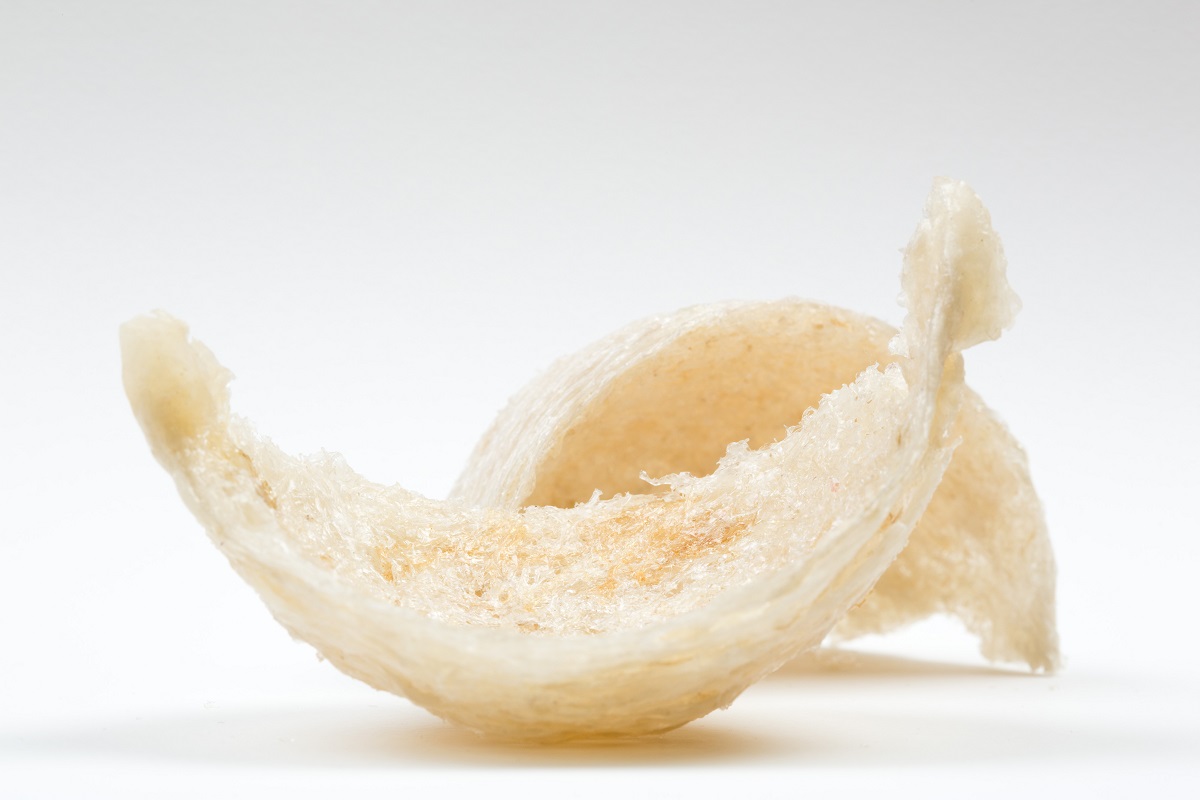


When you look at bird’s nest soup, you’re not just seeing a delicacy—you’re witnessing centuries of tradition, luxury, and belief wrapped into a single bowl. You may wonder why something made from swiftlet saliva commands such sky-high prices and fervent demand across continents. From its secretive harvests to its promises of better health and social status, there’s more beneath the surface than meets the eye. But what really fuels its global obsession?
Bird's nest soup has long been regarded as a symbol of status and tradition, with its origins tracing back to the 1500s in China. During this period, it was consumed by the elite, who valued it for its perceived health benefits.
These benefits, which include enhancing skin quality and promoting longevity, are deeply rooted in historical beliefs.
The trade of bird's nests began after explorers from the Ming Dynasty established connections with Southeast Asia, leading to the import of these rare nests.
By the 19th century, Chinese immigrants had gained control over the market, solidifying bird's nest soup as a cultural icon.
It's esteemed for its association with healing properties and its connection to prosperity.
The transition from traditional cave harvesting to modern swiftlet farming represents a significant advancement in the production of edible bird's nests.
Historically, the collection of these nests involved considerable risk, as individuals had to scale slippery cave walls using bamboo structures, a method still employed in regions like Malaysia’s Niah caves.
This method not only posed dangers to the collectors but also had implications for the sustainability of the practice.
In contrast, contemporary swiftlet farming involves the construction of specialized structures known as swiftlet houses.
These facilities are designed to replicate the natural cave environments preferred by swiftlets, utilizing recorded calls to attract the birds.
This innovation in agriculture allows for a more controlled and safer environment for both the birds and the harvesters.
It also enhances the reliability of nest production, contributing to a more sustainable approach to meeting consumer demand for this delicacy.
By adopting swiftlet farming, the industry reduces the environmental impact and safety risks associated with traditional nest collection.
This method supports sustainable practices that ensure the continued availability of edible bird's nests while also making them more accessible to consumers.
The edible bird's nest industry, rooted in traditional practices, has significantly influenced the economic development of Southeast Asia.
In regions like Myanmar, swiftlet nest farmers can earn approximately $6,000 annually, a notable increase compared to average local wages.
This economic shift is driven by high prices and global demand for bird's nests, turning swiftlet farming into a considerable economic contributor.
In Malaysia, the number of swiftlet houses has grown from 900 to 60,000, with the industry's value surpassing $100 million annually.
This expansion has created employment opportunities in harvesting, processing, and exports, contributing to the empowerment of communities and the enhancement of regional economies.
Bird's nests, specifically those made by swiftlets from their hardened saliva, have been regarded as symbols of health and luxury in East Asia.
In Traditional Chinese Medicine (TCM), these nests are believed to offer various health benefits, including enhancing youthfulness, libido, and immunity.
They're valued for their protein content, which is thought to improve skin health and overall wellness.
Additionally, red bird's nests, which contain more iron, are traditionally associated with nourishing the blood and increasing vitality.
Despite these traditional beliefs, scientific studies have yet to provide conclusive evidence supporting the anti-inflammatory or restorative effects attributed to bird's nests.
Nevertheless, they remain highly priced in pharmacies, reflecting a continued belief in their medicinal value within the context of TCM practices.
The production of edible bird's nests involves a detailed and careful process, reflecting its status as a luxury item.
The nests are initially harvested and then undergo a series of steps including soaking to soften the bird saliva, and meticulous feather removal using tweezers.
After these steps, the nests are molded and dried into what's known as cubilose.
The market prices for these nests are notably high, with white edible bird's nests reaching up to $2,000 per kilogram.
Even more rare are the red nests, which can exceed $10,000 per kilogram.
Dried bird nest pieces, depending on size, can also command prices in the hundreds of dollars range.
This positions edible bird's nests as a symbol of exclusivity in the culinary world.
People also like some of the related products available on the market, like swallow nest soup by Golden Nest, which offer the same benefits and luxury but at a somewhat more affordable price.
Among Chinese delicacies, bird’s nest soup is particularly esteemed for its refined taste, maintaining its position as a luxury food item.
Centuries-old trade routes have established the bird’s nest industry as a significant global market, connecting Southeast Asian producers with consumers worldwide.
Historically, nests were transported by Fujian merchants from Xiamen ports to Hong Kong, which became a central trade hub. In Chinese culture, bird’s nests have become associated with luxury.
Chinese diaspora communities expanded the market reach further by utilizing advancements in shipping technologies, from sailing boats to steamships.
Presently, trade networks between Sarawak, Hong Kong, and mainland China continue to drive demand.
In 2017, China imported 81.4 tons of bird’s nests, contributing to global sales estimated at $5 billion.
As you’ve seen, bird’s nest soup isn’t just a delicacy—it’s a fascinating blend of history, culture, and economic power. When you consider its risky origins, luxury status, and supposed health benefits, it’s easy to understand why global demand keeps rising. Yet, you can’t ignore the environmental impact or the myths that fuel its prestige. Ultimately, your appreciation or skepticism shapes how this centuries-old soup continues to influence markets and traditions worldwide.